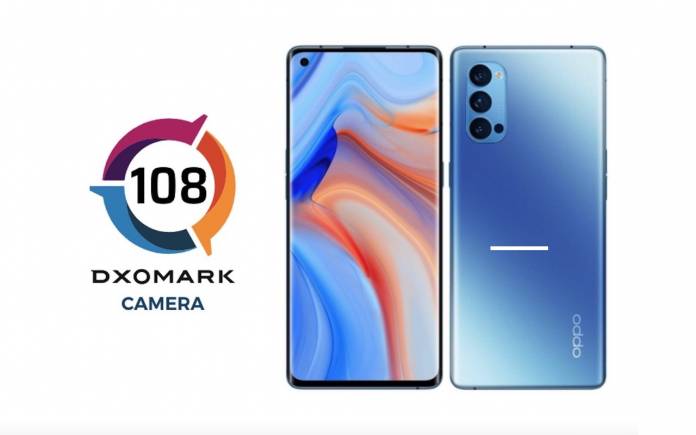
Oppo has already rolled out the Reno 5 but we really haven’t focused our attention to the Reno4 Pro 5G. DxOMark has recently published its review of the phone’s camera system. The device was released first in China back in June together with the regular OPPO Reno 4 after being teased. We even got to review the OPPO Reno 4 Pro and we said that we particularly love its charging features. The phone received a total average score of 108. It’s not exactly high because the score brings the phone to No. 26 in the ranking, tied with the mid-range OnePlus Nord.
Let’s review the phone’s specs and features first. The OPPO Reno4 Pro 5G comes with an impressive 6.5-inch 90Hz AMOLED screen with HDR10+ support. It can charge the battery to 60% within 15 minutes.
When it comes to mobile photography, the phone boasts three cameras on the rear. There is a 48MP main camera module with f/1.7 lens and optical image stabilization, 13MP telephoto with f/2.4 lens, and a 12MP with f/2.2 lens. The phone can capture 4K videos at 30 fps.
OPPO Reno 4 Pro 5G: The Good
DxOMark gave the OPPO Reno 4 Pro 5G the following scores: 109 Photo, 60 Zoom, and 101 Video. The phone offers accurate autofocus and acceptable detail in bright light. It shows fairly wide dynamic range indoors and generally accurate white balance outdoors.
In portrait mode, you will notice good balance between detail and noise. For videos, the white balance is accurate with pleasant color and high details on faces. The video exposure is also accurate. Videos also show effective stabilization when standing still.
OPPO Reno 4 Pro 5G: The Bad
Here are some not so good observations: high noise in photos and videos, low exposure in low light, limited outdoor dynamic range for stills, and portrait mode bokeh highlights not well-rendered. There’s halo, ghosting, and color quantization artifacts in stills.
Medium and long zoom ranges show low detail and high noise. The camera shows low exposure and high noise at night with flash off. Videos offer limited video dynamic range, sharpness differences between video frames, unsatisfactory video AF tracking, and low video detail in in wide brightness range scenes or low light.









